Love
God is Love
“Remember, young lady, that God loves you immensely”.
But that same phrase had left a mark in her long before her illness began. It was actually thanks to that phrase that the young miss Badano was able to face it: more than a battle to fight, as a new manifestation of God’s love for her. Certainly, a love that was light years ahead of the canons and the desires of human beings, but one in which to continue to believe in every moment: in the little events of each day, in the encounters and welters of life, and even in that which would constitute the greatest challenge of her existence: a struggle that not only was she able to accept, but actually take advantage of, to give a return to that Love.
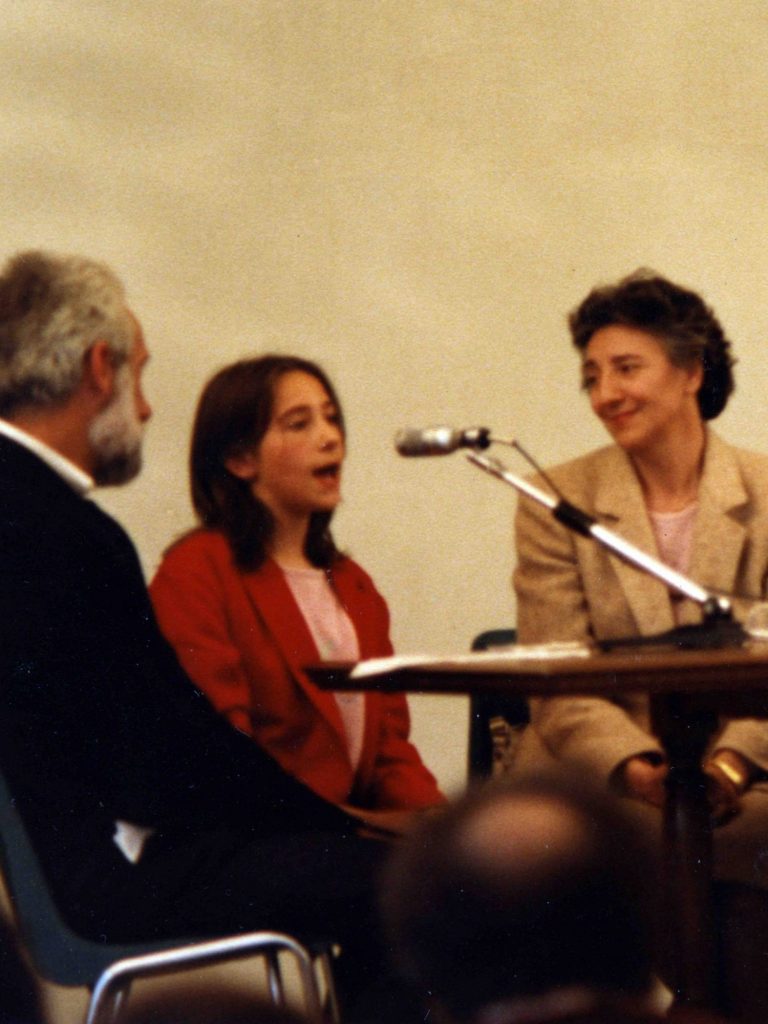
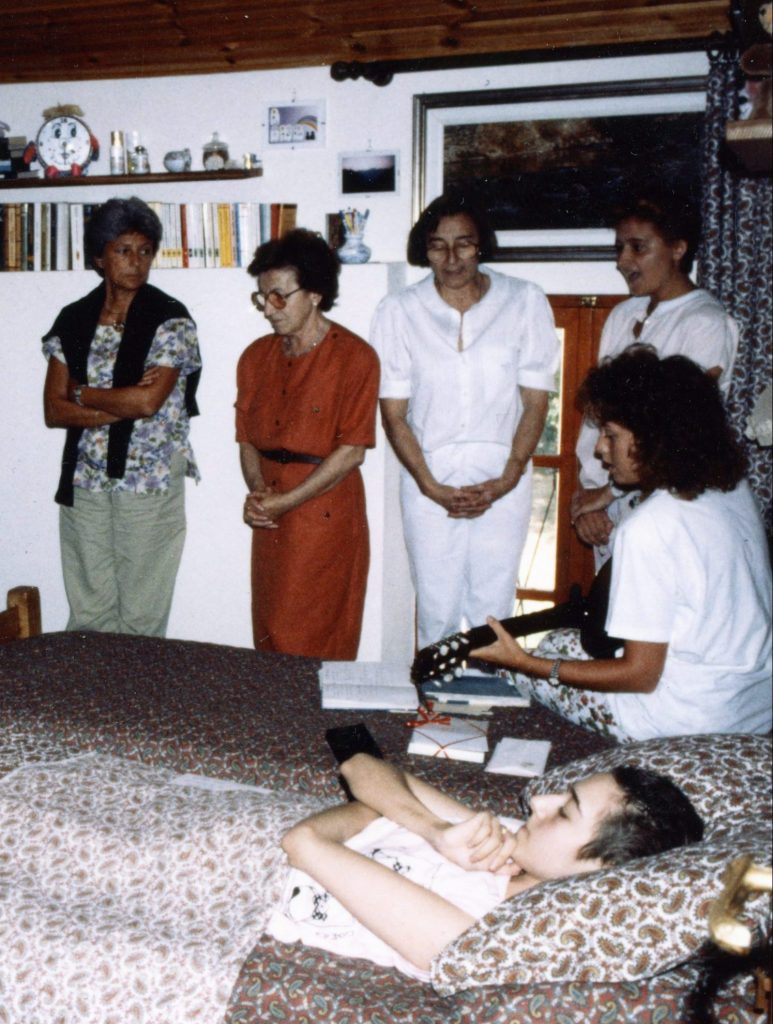
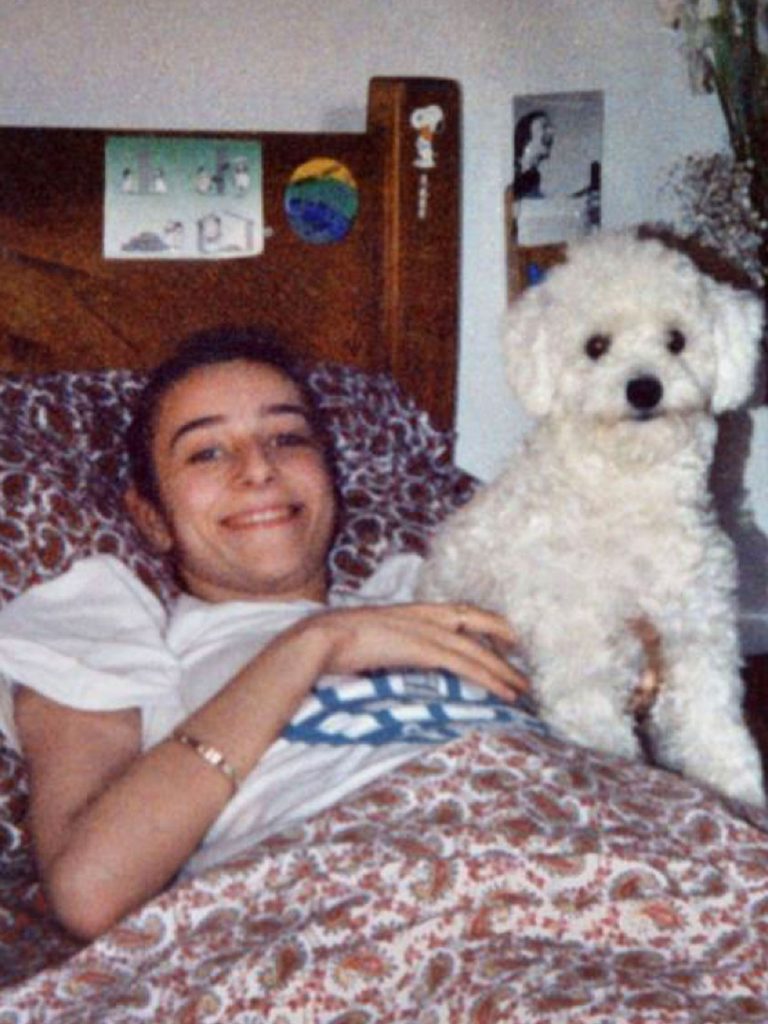
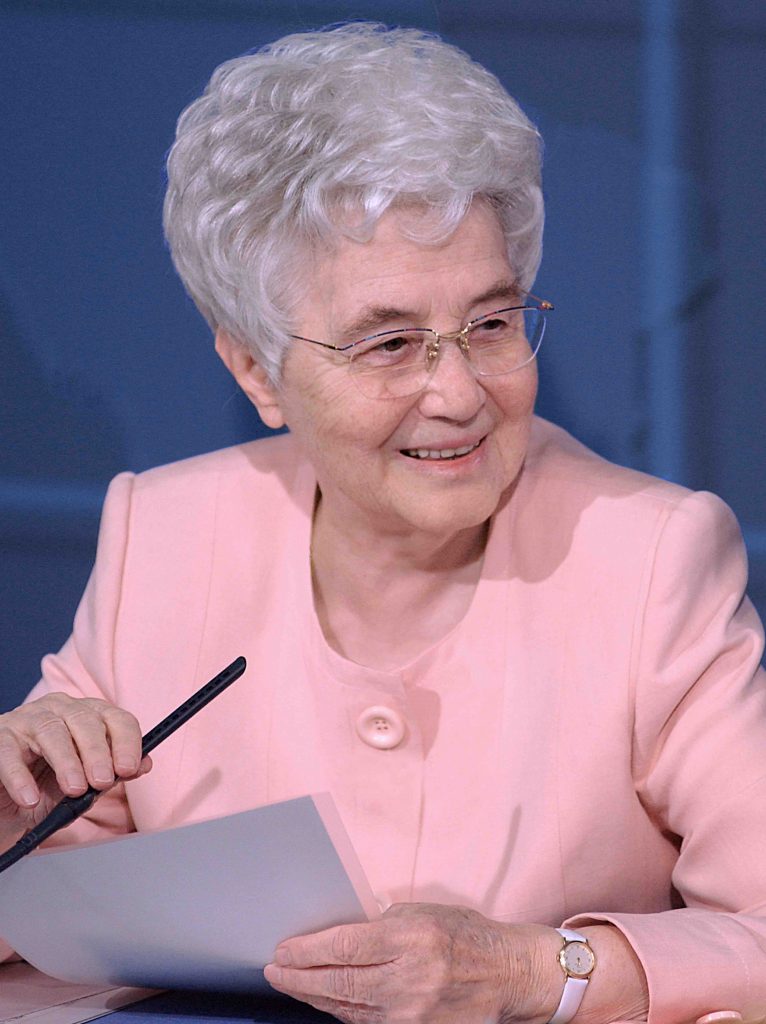
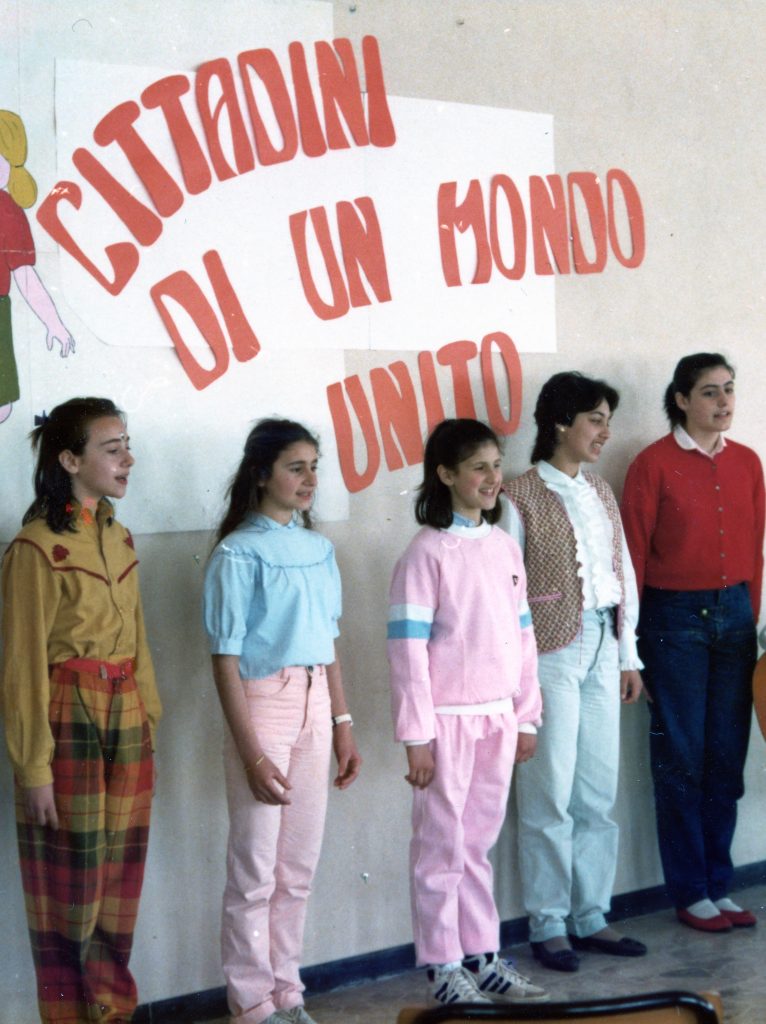
Just like her spiritual mother decades before, even young Chiara knew to
trace everything that happened to her back to God’s love, even more so
in the last two years of her life. In this sense, her illness did not
change its course in her existential journey, but served as an
instrument to accelerate the pace. For her, everything was the simple
manifestation of a divine Love, and as such, infinite, eternal,
incorruptible, but most of all so personal so as to feel the need to
deepen the knowledge of it every day to discover new undertones, to
constantly taste new flavors, inside and out of herself. “God is Love”,
she would repeat to herself thousands of times, not in words, but as a
natural impulse of the heart. It was the reason for being of Creation,
and the sense of her own life, and just like Chiara Lubich, she had
learned to find confirmation not only in the splendor of the Nature that
surrounded her, in the beauty of the masterpieces and the majestic
complexity of the Universe, but in every neighbor, and in every phrase
of Jesus’ Gospel.
From this, the intimate and ineffable happiness that also accompanied her in the most difficult moments, always giving her that sense of fullness and serenity with which she was able to face the darkest struggles, and which she knew to radiate upon whomever was beside her. “God is Love”, therefore everything is love, for me and for you, she seemed to repeat with her radiant eyes: an unshakeable conviction that would accompany her until her last breath.
Gesù in mezzo a noi
Pur essendo asceso al cielo, Gesù è rimasto tra noi e lo sentiamo presente in diversi modi: nell’intimo della nostra coscienza, nella sua Parola, nell’Eucaristia, nel prossimo, e anche quando viviamo il comandamento nuovo, amandoci l’un l’altro, perché ci ha promesso:
“Dove sono due o tre riuniti nel mio nome, lì sono io in mezzo a loro” (Mt 18,20).
Che scoperta quando ci imbattiamo in questa frase del Vangelo! Si capisce che Gesù in mezzo è Gesù, non è una formula o una virtù o la bontà o il divino… qui si tratta di una persona!
Ce lo conferma un’altra pagina del Vangelo di Luca. Leggiamola:
“Ed ecco, in quello stesso giorno due di loro erano in cammino per un villaggio di nome Emmaus, distante circa undici chilometri da Gerusalemme, e conversavano tra loro di tutto quello che era accaduto. Mentre conversavano e discutevano insieme, Gesù in persona si avvicinò e camminava con loro. Ma i loro occhi erano impediti a riconoscerlo… (…)” (Lc 24, 13-16).
Forse a qualcuno di noi è passato in testa un pensiero: ah, come sarebbe bello se avessi vissuto al tempo di Gesù… ma il Vangelo parla chiaro.
Lo aveva intuito la giovane Chiara Lubich a Loreto, dove vi è la famosa chiesa-fortezza che si dica racchiuda la casetta di Nazareth. Lì in preghiera nella casetta, Chiara ebbe una fortissima impressione: di essere chiamata ad una vita di comunione, realizzata da persone con Gesù in mezzo a loro.
Poi più tardi nel pieno della guerra, quando si poteva morire da un momento all’altro, un’altra scoperta, che era come la chiave per realizzare quella convivenza: il comandamento che Gesù chiama “suo” e “nuovo”: amatevi l’un l’altro come io vi ho amati.
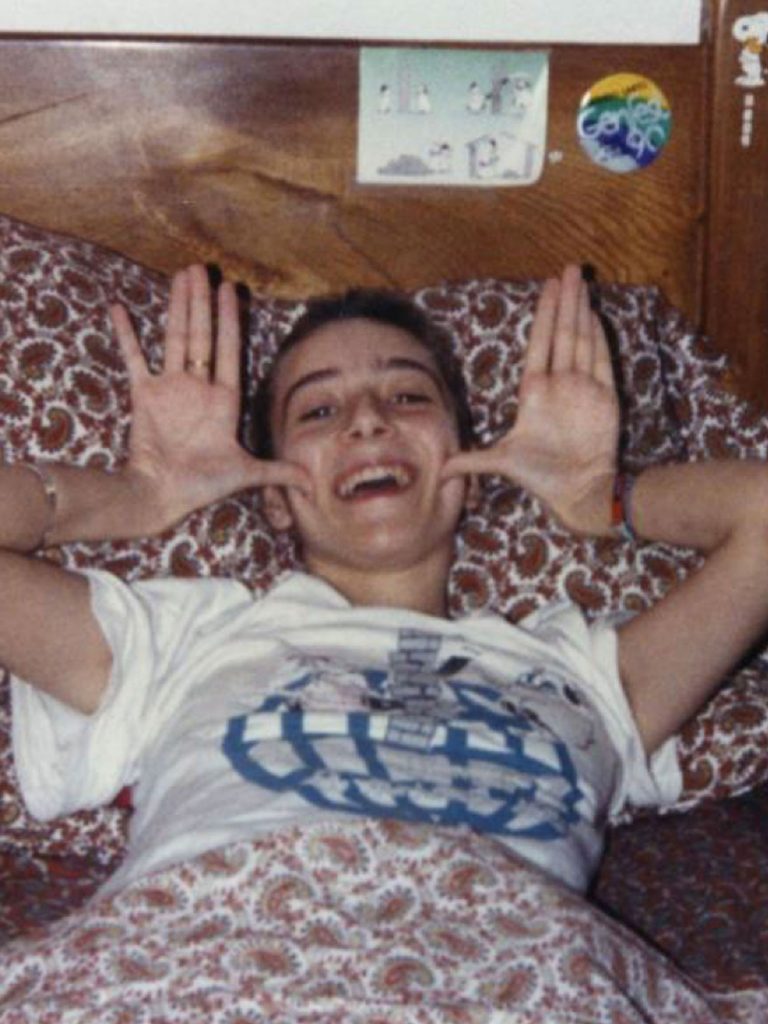

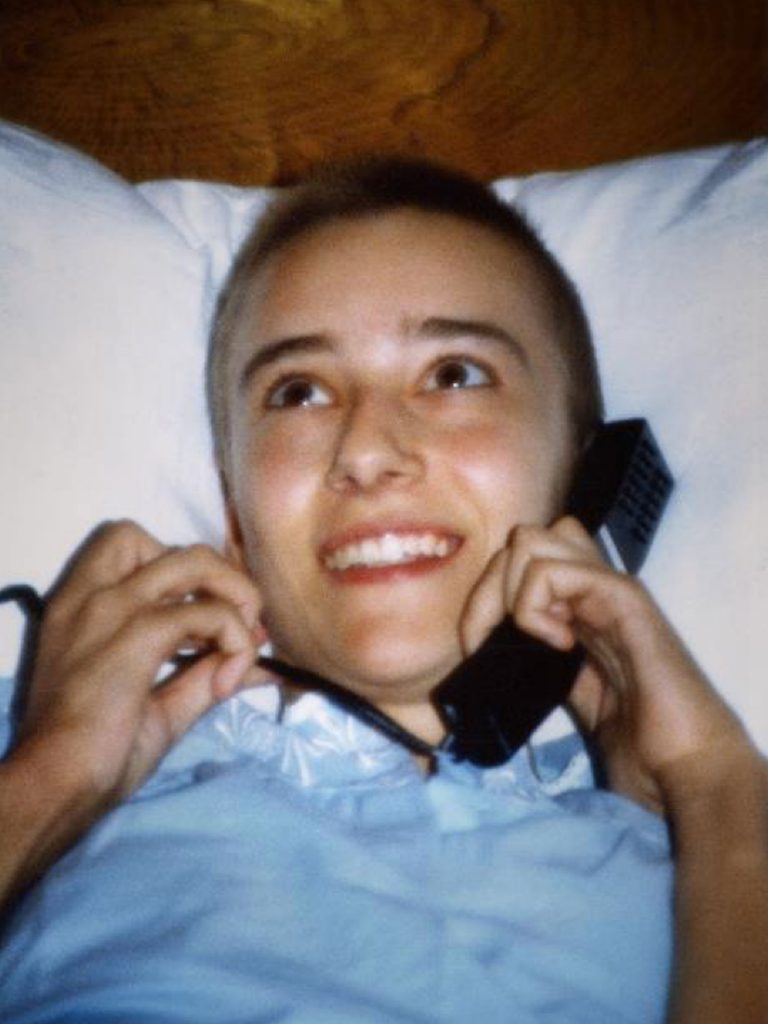
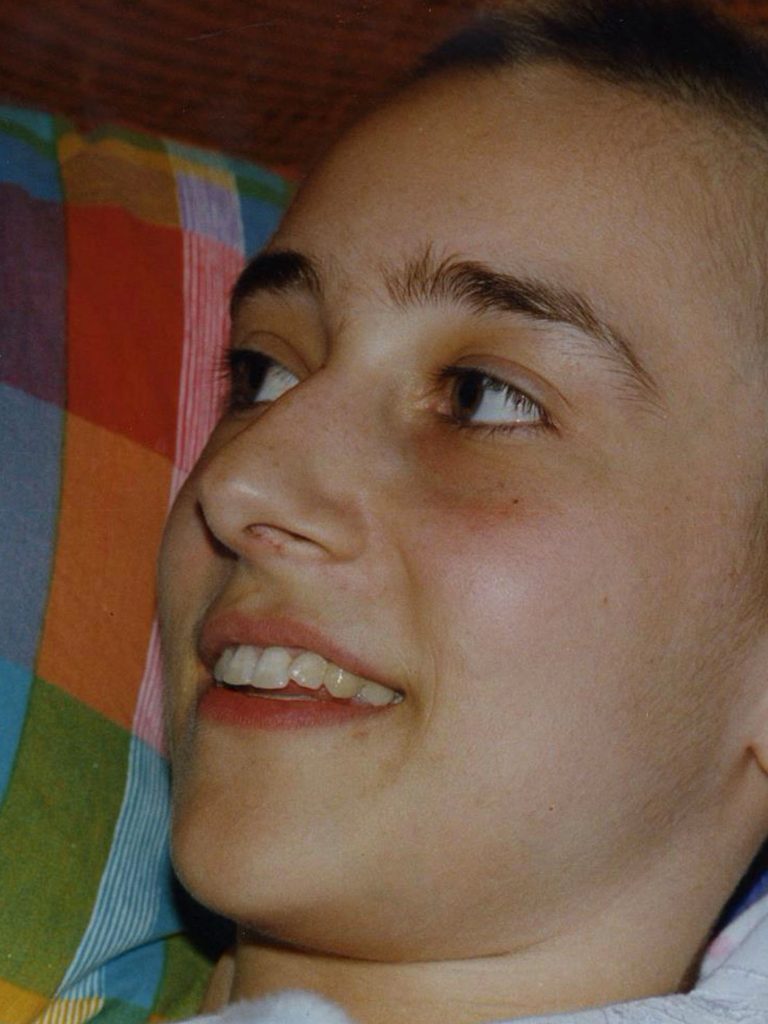
Per chi ha conosciuto Chiara Luce e la sua famiglia, l’impressione che vivessero in un ambiente dove era presente Gesù, è quasi una certezza. Infatti, Gesù non specifica chi potrebbero essere i due o tre: potrebbero essere due giovani, madre e figlio, medico e ammalato, anziano e giovane, una famiglia… A una condizione però: che si impegnino a vivere uniti nel suo nome, cioè nella sua volontà, nell’amore reciproco che è la suprema volontà di Gesù.
Spesso, vedendo Chiaretta già ammalata, eppure serena e direi anche nella gioia, mi sono domandata: ma chi le dà la forza di vivere così? La risposta la trovavo in quel “Dove due o tre”. In quella famiglia si sentiva la presenza di Qualcuno, un amico invisibile, che dava sicurezza, pace, gioia, pienezza di vita.
Dice Ruggero il papà di Chiara:
Quello che ci ha sempre aiutato in quei due anni è stata la presenza di Gesù fra di noi, questo cercare di offrirGli questo dolore, così come eravamo capaci, tutti e tre, e ognuno per conto suo: perché Lui ci desse la forza. E c’era questa serenità, questo vivere in una dimensione soprannaturale: ti accadono delle cose, ma non riesci a capirle bene. Ma ripensandoci oggi dobbiamo dire che quelli sono stati i due anni più benedetti da Dio per la nostra famiglia: perché Gesù ci ha fatto veramente vivere una cosa straordinaria, così straordinaria che non siamo nemmeno capaci di spiegarla”.
Di sicuro non sempre si riesce a vivere a questa altezza Può succedere che smettiamo di amarci o non siamo attenti, o non sappiamo spostare una nostra idea o un programma per amore dell’altro… ma la sfida che ci pone Gesù è affascinante e vale la pena riprovarci.
Il Paradiso in Terra
“La volontà di Dio m’è entrata nell’anima come un marchio… Vorrei, durante quest’anno, far di tutto perché tutti siano convinti della sua enorme importanza e perché si decidano a viverla con tutto l’impegno. Vedremo il mondo cambiarsi, tutti tenderebbero alla santità”.
Un mese dopo chiede a Dio una spinta decisiva per farsi santa e la sua richiesta viene esaudita. Gesù che nei primi giorni a Trento le aveva rivelato il senso profondo del suo grido sulla croce “Dio mio, Dio mio, perché mi hai abbandonato?” (Mt 27, 46), Gesù Abbandonato, Colui che presto era diventato il tutto della sua vita, ora sembra interpellarla: “Se non mi amerai tu, chi mi amerà?”. Gesù Abbandonato: è lui la strada alla santità. Come sempre, comunica questa sua esperienza interiore a tutti, ai focolarini dapprima, poi anche ai più giovani, il 31 dicembre del 1980. Nell’amore a lui abbandonato sempre, subito, con gioia – e quindi ogni volta che si presenta, con prontezza e con allegrezza – tutti avrebbero trovato la via e corrisposto anche a quanto la Chiesa richiede quando parla di virtù eroiche. L’esempio della beata Gabriella della Trappa, che aveva raggiunto in pochi anni la santità, incoraggia e dà speranza. L’adesione è immediata e si parte insieme nel cammino comune verso la santità. In sintonia con la Scrittura: “Beato l’uomo che pone la sua fiducia in te e decide nel suo cuore il santo viaggio” (cf. Sal 83 [84], 6), lo si chiamerà “santo viaggio”.




Esso è stato da Chiara accompagnato regolarmente con pensieri spirituali comunicati durante conversazioni telefoniche collettive: i Collegamenti.
Ogni Collegamento era per Chiara motivo di grande gioia: un appuntamento, forse il più importante nel riunire i membri del Movimento sparsi nel mondo, per essere sempre di più un’unica famiglia, con un’unica meta. Ed è stato proprio il Collegamento il luogo privilegiato per Chiara per condividere quanto Dio le faceva via via capire o attraverso circostanze esterne a volte anche casuali, come poteva essere un paesaggio visto durante una gita o un viaggio, o approfondendo la spiritualità dell’unità. Lo faceva vita prima di tutto lei nei giorni antecedenti quest’appuntamento mondiale e poi riassumeva il suo pensiero spirituale in un “motto” o “parola” da vivere fino alla conversazione successiva, così da progredire costantemente ed insieme nel cammino alla santità.
Un cammino che ha portato frutti di santità nella vita di molti.
E se oggi lo si costata con gratitudine a Dio, al tempo stesso si prende nuovamente coscienza che tale proposta non è riservata ad alcuni, ma è una via accessibile e praticabile da tutti: una santità comunitaria, “santità di popolo”.
Una proposta, quella di Chiara, che riemerge come dono provvidenziale di Dio in un tempo in cui la Chiesa riscopre il suo dover esser “la casa e la scuola della comunione” e sente l’urgenza di riproporre “con convinzione” la santità come “‘misura alta’ della vita cristiana”
La Volontà di Dio
Natale 1943, pochi giorni dopo la consacrazione a Dio di Chiara Lubich, avvenuta il 7 dicembre di quell’anno. Chiara ha la sensazione che Dio le chieda un ulteriore passo: che esiga di dargli tutto e per “tutto” non poteva non intendere se non quello che allora ordinariamente si pensava: la più stretta clausura. Per amore di Dio è pronta a dir di sì, pur avvertendo una lacerazione interiore, per un qualcosa che le si ribellava dentro. è il confessore a fermarla. Conoscendo quello che stava fiorendo attorno a lei, cioè quel gruppo di ragazze di cui alcune poi sarebbero diventate le sue prime compagne, le dice decisamente: “No, questa non è per te la volontà di Dio”. Questo episodio risulta per la Lubich momento chiarificatore: non uno stato di vita decide del raggiungimento della perfezione, ma il compiere la volontà di Dio.Tale comprensione è accompagnata in lei da una gioia particolare: quella di veder possibile e “accessibile” la santità, anzi di aver trovato nella volontà di Dio la via di santità per tutti:
“Mi sembrava di avere in mano la carta d’accesso alla perfezione non soltanto per un’élite di persone – quelle chiamate al convento o al sacerdozio – ma per le folle!”. La Lubich ne parla come di “scoperta estremamente utile e meravigliosa”.




In effetti, in un tempo in cui la vita ecclesiale era ancora fortemente gerarchizzata in una visione piramidale della Chiesa (siamo 20 anni prima del Vaticano II, della Lumen gentium…), il mettere in rilievo con chiarezza la vocazione universale alla santità, in sintonia con 1 Tes 4, 3 (“è volontà di Dio la vostra santificazione”), presentava elementi di novità.
Ciò poteva essere, dunque, avvertito come “scoperta”. Era capire che ci si può far santi non isolandosi dal mondo, ma vivendo senza riserve, nell’oggi della storia, la volontà di Dio, attimo per attimo, quell’attimo che è l’unico nelle nostre mani.
Jesus crucified and forsaken
Chiara Luce Badano was without a doubt in love with God; hers was
definitely not an adolescent crush, but a love so great that it
accompanied her throughout her entire life, going as far as to want a
wedding gown for her funeral: almost to make it a nuptial feast with He
whom she had chosen as her spouse.
But we must understand this well. Which God had she fallen in love with? And where was her happiness rooted? In many ways it was the least desireable and promising of all divinities. It was that man-god who, a moment before giving his last breath on a Palestinian cross, yelled: “My God, my God, why have you forsaken me?”. A God destined to remain hidden for almost two millenia, ignored even by Christians, maybe because he was overshadowed by the splendor of the Resurrection that followed, or because he was too absurd, incomprehensible, paradoxical for generations of believers used to finding the answer to their problems in an omnipotent and triumphant God. “A God that no one wants”, and who – for this reason – searches for someone who will understand him and love him. This astounding intuition, which emerged from Chiara Lubich’s heart among the rubble of World War II, incarnated itself decisively – leaving theology to become life – in many people, including Chiara Luce Badano, when she was still a child (to confirm yet again that to grasp certain realities of Heaven one does not need human knowledge).
Two thousand years later, that agonizing cry reported by the Gospel opened Chiara Lubich to unthinkable horizons, and the same can be said for the young Chiara Badano decades later.
Despite that, still today he finds no place among the 14 Stations of the Cross; despite that cry expresses and ennobles infinite others who, before and after that, have defined human history; especially that of this last century, with all the tragedies, disasters, unrests, and losses that cross contemporary horizons.
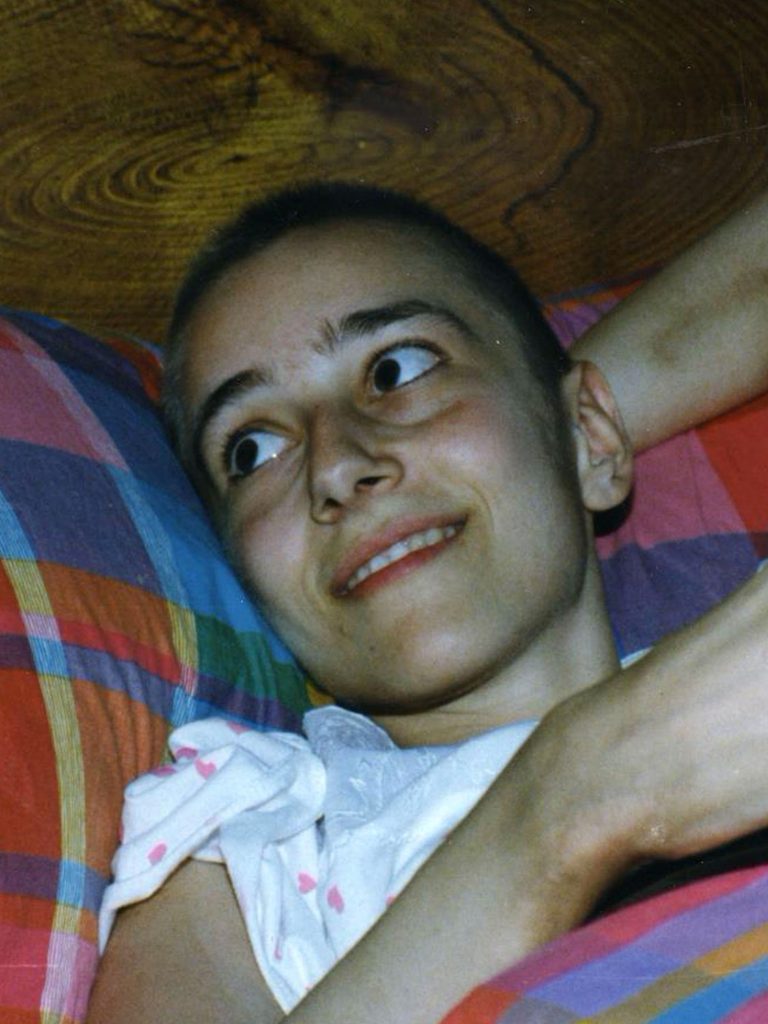
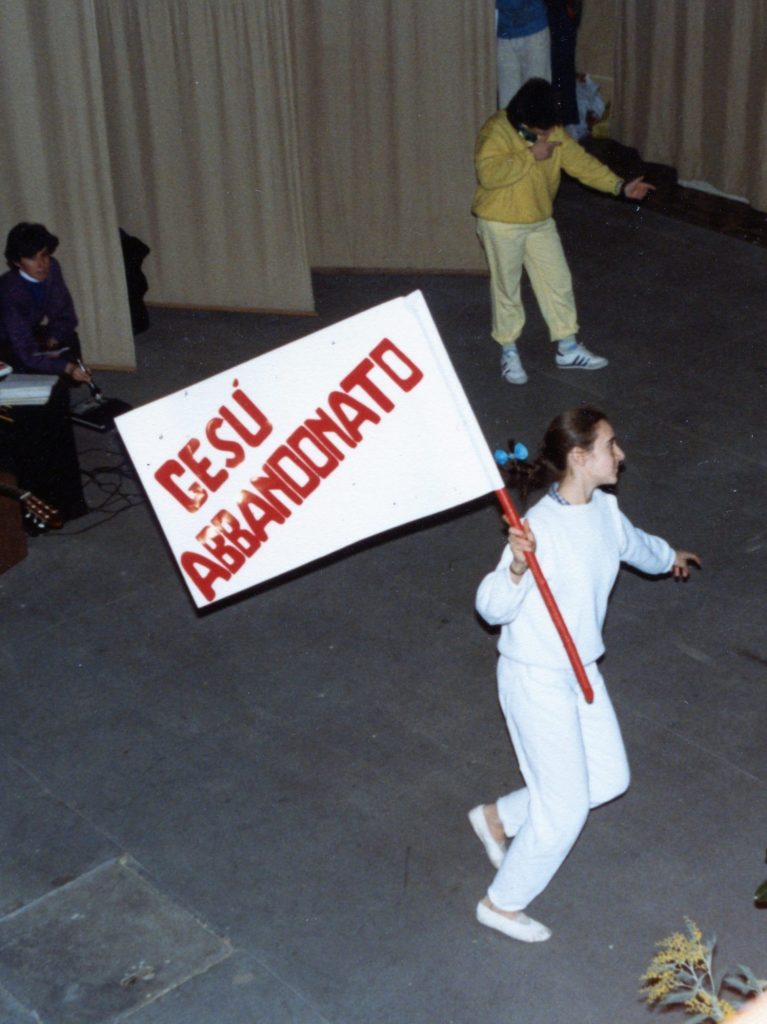
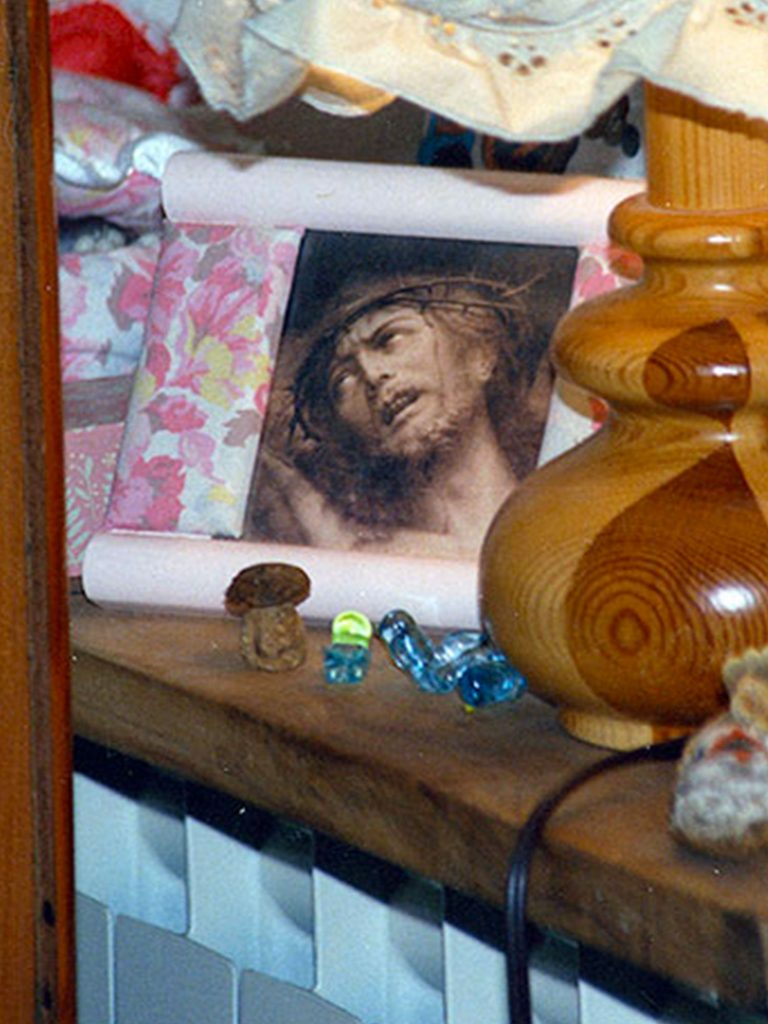
It is a new and extremely modern God that flows from that heartbreaking and paradoxical cry, who in the absurdity of the Cross feels abandoned by his own Father, yet he still entrusts himself to Him.
A God who is no longer an answer to our anguish and our problems, but
rather a question without answer. A God who with every probability in
that moment does not know nor can he imagine the splendor of the
Resurrection, but seems to sink into and reflect himself in our same
desperation. A God who in many ways is agnostic, reset to nothing,
overturned in his own essence, infinitely alone, misunderstood,
apparently a failure, and we could add an infinite number of other negative adjectives: the same, after all, that we all so often – in due proportion – find on ourselves.
The Forsaken, as Chiara Lubich defined him, is today’s God; proabably the only plausible one in this Present, maybe also for those who don’t have the gift of Faith. A God that doesn’t need doctrines, dogmas, liturgies, catechisms, or churches: because he lives in the heart of anyone who faces his same dramas, even regardless of whether or not he has a conscience.
We don’t know how much Chiara Badano was intellectually aware of all this, but certainly her love for the Forsaken represented the keystone of her existential epilogue. In this mysterious black hole planted in the center of History, Chiara found hers: because no religious hypothesis – and here we are referring to any religion, even the atheist ones – can stand before the blows of reality and the endless dramas of this battered world. Chiara Badano had learned from her namesake spiritual mother to recognize the face of the Forsaken in every pain, welcoming him with all the love possible, to transform Pain into Love. Chiara Luce Badano was able to make this love a vibrant and tangible reality for anyone who had the great gift of knowing her).
Fin da bambina Chiara Luce Badano ha fatto sua in ogni aspetto la spiritualità di Chiara Lubich, nonché i valori e la spiritualità del Movimento dei Focolari
Per saperne di più: www.focolare.org oppure www.chiaralubich.org
